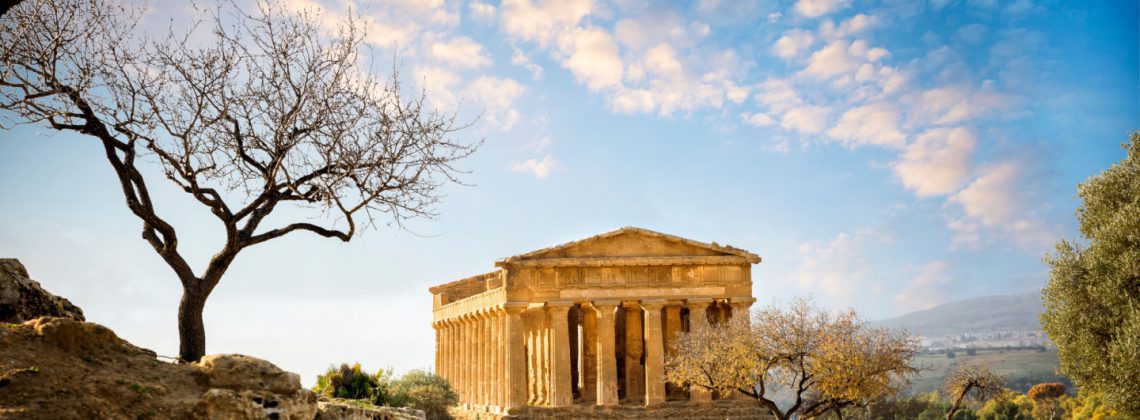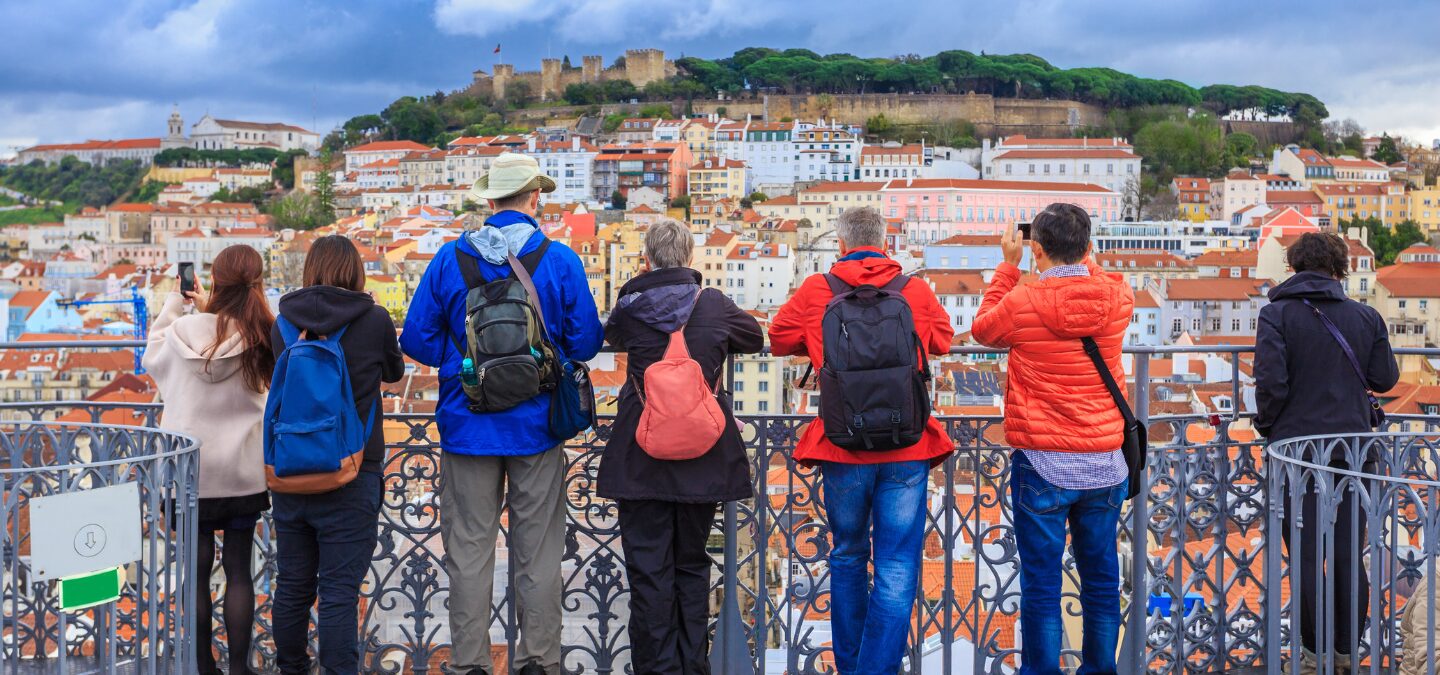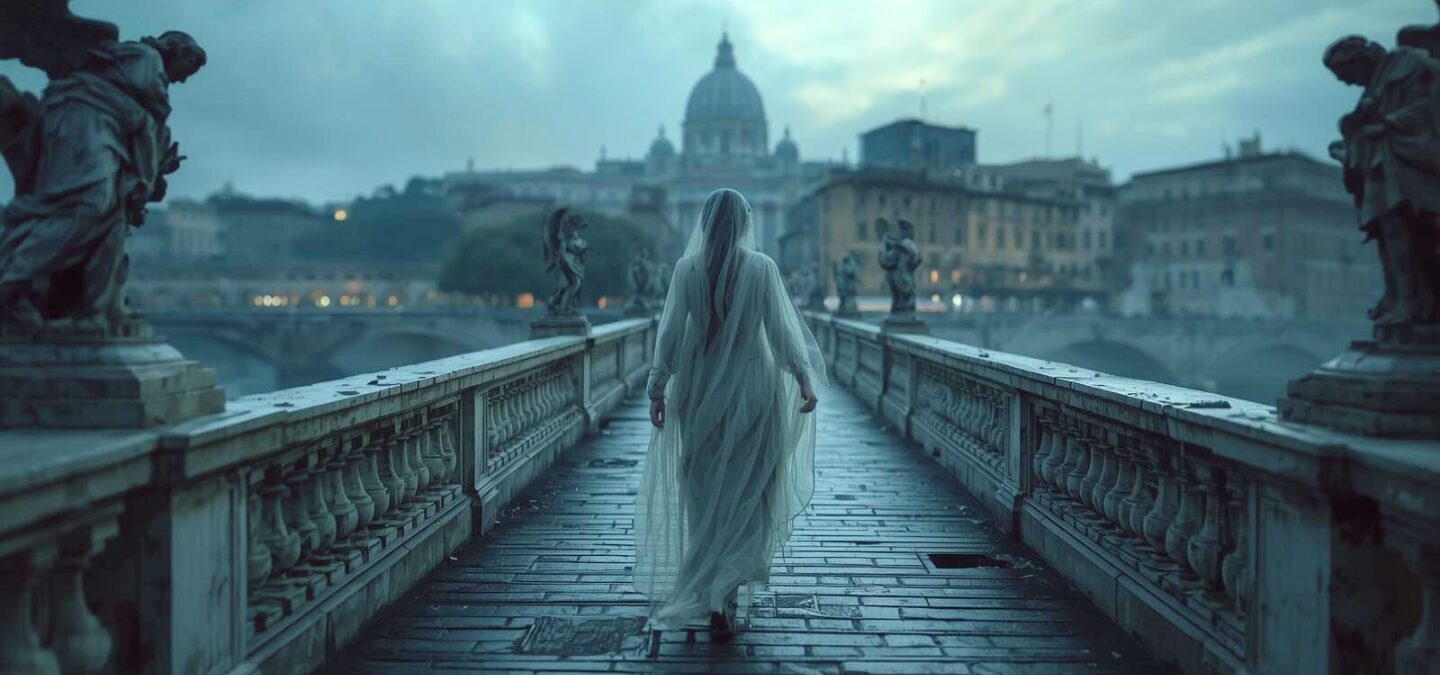Planning a trip to Sicily? You aren’t the first! From Phoenicians and Greeks, Romans then Arabs, the Spanish then the French. All, at some time or other, have laid claim to Sicily, making it one of the most culturally diverse regions of Italy. Sicily is the clue to understanding all of Italy. So to understand Sicily best, I’m here to guide you through this beautiful and sometimes paradoxical country.
Pro Tip: You’re going to want to circle back to this article since it’s packed with local recommendations. Bookmark it in your browser on your phone so you’ll have it on your trip.
What Should You Do While in Sicily?
Sicily is one of Italy’s most authentic and less-touched regions by tourists. “Authentic” is what many travelers are aiming for, but beware, it can be far less comfortable.
Sicily will drag you out of your comfort zone in a way that more traditional ‘Disneyfied’ destinations won’t. But this will make the experience vastly more memorable.
I’ve traveled to Sicily many times. Along with Puglia, I consider it one of Italy’s best summer regions, offering value for money, amazing history, and fascinating culture. That, and the seafood, is off the charts. Here are the top things that I recommend doing while in Sicily.
- What Should You Do While in Sicily?
- 1. Step Back it Time at Palazzo dei Normanni & Cappella Palatina
- 2. Visit the Home of Archimedes – Syracuse
- 3. Visit Toarmina’s Famous Isola Bella
- 4. Climb an Active Volcano
- 5. Catch a Show at Teatro Greco Taormina
- 6. Explore the Valley of the Temples
- 7. Go Back in Time by Visiting Medieval Erice
- 8. Walk on the Same Floors as Emperor Hadrian?
- 9. Get Fatter
- 10. Bask in the Salty Tears of a Goddess
- 11. Go Medievel on at the Duomo di Cefalù
- 12. Get Back to Nature San Vito Lo Capo
- 13. Unravel an Ancient Mystery at Segesta
- Most Recent Blog Posts
Not ready to book a tour? Check out our Where to Stay in Sicily article
1. Step Back it Time at Palazzo dei Normanni & Cappella Palatina
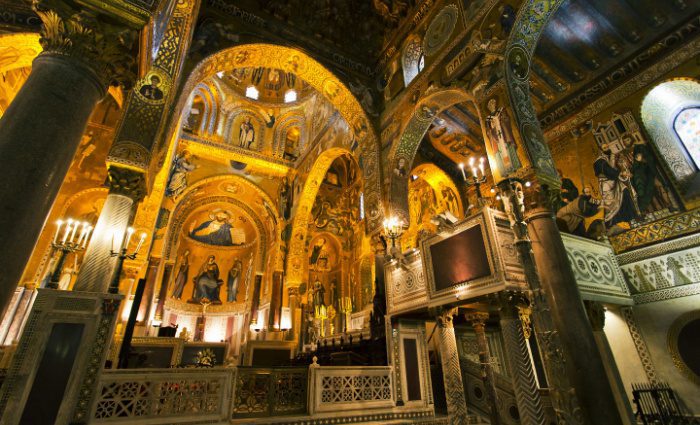
Palermo is a city full of beautiful palaces. Norman, Arab, Byzantine, and Baroque elements mingle to create a rich architectural heritage. Of all of Palermo’s many wonders, the Palazzo dei Normani stands out.
Recent archaeological discoveries have pushed back the foundation date of the building considerably. Initially, historians believed that the structure was constructed during the Islamic Caliphate. However, further research and archaeological findings have led to the conclusion that the foundations of the structure actually date back to the much earlier Phoenician period of the city.
Once the center of political power in Sicily, Fredrick II and Roger II held court here.
The palace is a gem, but the jewel in the crown is the Cappella Palatina. Starting during the reign of Roger II in 1130, the mosaics took ten years to complete and are considered amongst the finest in the world. Ego eimai to phos tou kosmou ( I am the light of the world), reads the Greek inscription above the central apse.
Not ready to book a tour? Check out our Where to Stay in Palermo article
2. Visit the Home of Archimedes – Syracuse
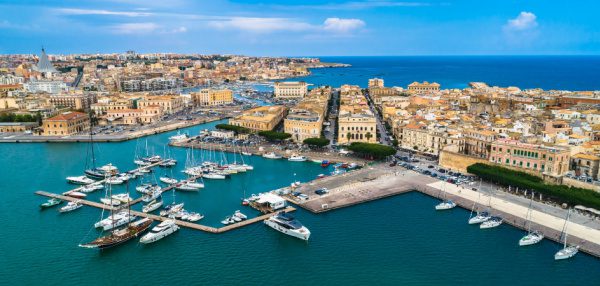
Founded in 733 BC on the island of Ortiga, Syracuse has spread across the causeway connecting to the mainland and expanded rapidly.
The home of Archimedes, Syracuse, once rivaled Athens as the largest and most powerful Greek city. Today you can wander the splendid area of Ortiga, which is rich in Baroque architecture. Visit the archaeological park with its incredible 16,000-capacity Greek Theatre and indulge in some of the best food on the island.
The city is renowned for its food, and the region for its outstanding wine and beautiful baroque towns like Noto and Sortino. The best way to see these sites is with a local expert who can guide you through the major gems of the region as well as some of its hidden wonders.
Check out our article on the Best Places to Stay in Sicily!
3. Visit Toarmina’s Famous Isola Bella
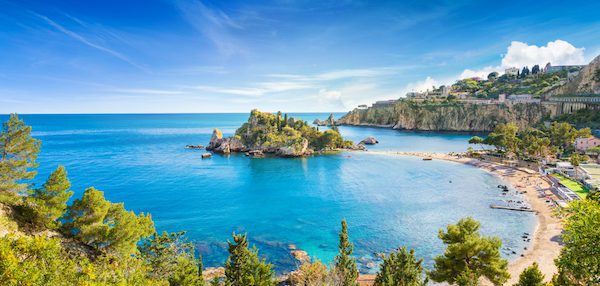
Taormina is Sicily’s most sought-after vacation destination for a great reason-it’s gorgeous. Monsterous cliffs plunge straight into the sea, crystal clear water, and an incredible view of Europe’s highest and most active volcano. And if that’s not enough, the delicious smell of one of the World’s greatest cuisines will lift you from your beach chair at noon-thirty daily.
Isola Bella is one of the most incredible beaches in Sicily and something no traveler to Sicily should miss. The island has a small land bridge that connects it to the mainland, making it as accessible as it is beautiful.
You can check out our full article on where to stay in Taormina right here.
Or check out our article on the Best Places to Stay in Sicily!
4. Climb an Active Volcano
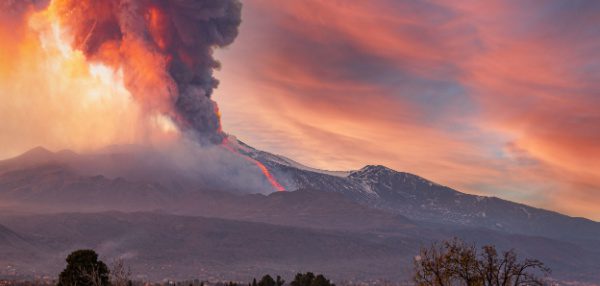
Italy has four active Volcanoes, three of which are in Sicily and all of which you can visit. Mt Etna is the most popular and continuously active. It is also the highest volcano in Europe.
Mount Etna is the most accessible volcano in Sicily, which makes it an attractive option for daredevils, volcanologists, and yodeling walking-stick-packing Austrians.
Thousands of people visit the volcano daily, and the smart ones will change out of their bathing suits and bring a warm jacket because it can be freezing even in the summer.
For the bon-vivant out there, you can rent a sailboat (or take the pedestrian ferry) and visit Vulcano and Stromboli in the Aeolian Islands north of Taormina. You can check out our full guide on Mount Etna right here.
Or check out our article on the Best Places to Stay in Sicily!
5. Catch a Show at Teatro Greco Taormina
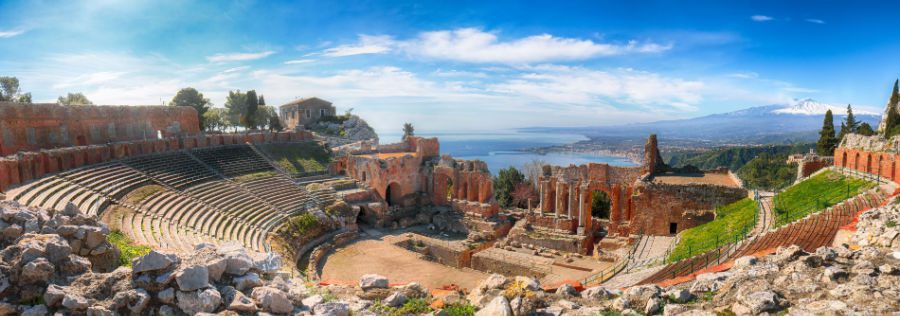
Stuck between the sea and the sky, the Greek Theatre of Taormina is the most beautifully located theatre in the world. It is the second largest theater in Sicily, constructed during the Hellenistic age around the 3rd Century BC.
The theatre was largely remodeled during the Roman occupation (most like during the reign of Trajan or Hadrian) and then again in the 19th and 20th centuries.
Today the theatre is often used as a concert venue, with Sting performing in 2022. But don’t worry, even without a show, you will likely never see such a wonderful performance, as sea meets sky and the ever-menacing Mount Etna looms impressively in the background.
In the heat of summer, it is best to arrive early to beat the heat and the crowds.
6. Explore the Valley of the Temples
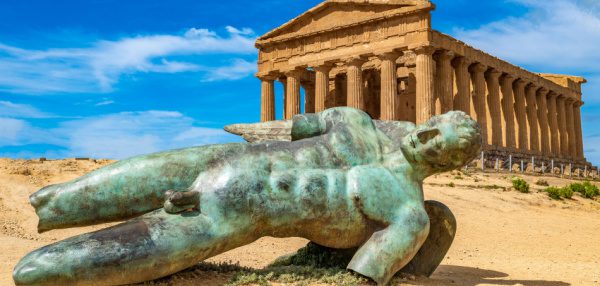
The Greeks were great warriors, stupendous engineers, unparalleled philosophers, and perhaps the most talented artists ever to live. They call it the cradle of Western civilization for a reason. Sicily, at times, can sometimes feel more Greek than it does Italian, and nowhere is that more evident than at the Valley of the Temples in Agrigento.
Seven Greek Doric temples stand in the Valley of the Temples. Making it one of Europe’s most impressive and under-visited archaeological sites. Often dubbed the Greek Pompeii.
Personally, I rate this as one of the most important sites in Sicily. Thankfully not everyone else agrees. Even in the height of summer, the valley never seems too crowded.
Check out the full guide to the Valley of the Temples here.
7. Go Back in Time by Visiting Medieval Erice
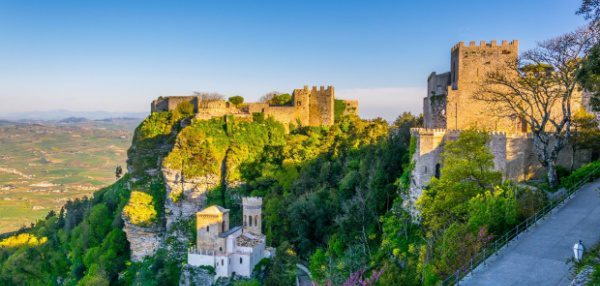
According to legend, the town of Erice was founded by Aeneas and the survivors of the fall of Troy. Aenaeas mother, the goddess Aphrodite (later Venus), has always been the center of attention here.
Once an important center of worship for the goddess of fertility, the Temple of Venus is now no more than a few pillars on the edge of town. However, the town grew fat and prosperous on the back of ‘sacred prostitution’ between the 6th Century BC and the 1st Century AD.
Initiated into the cult at the age of 13, the girls were fed large amounts of milk and honey to make them pleasantly plump, trained in the art of lovemaking, and retired wealthy and heavily desired as wives at 21.
The small walled town sits high above the neighboring Trapani and is one of Sicily’s most beautiful gems. On a clear day, you can see all the way to Africa. No wonder it was such a strategic location.
Spend the day wandering around the cobbled streets, taking in the views, buying local goods, trying local food, storming the castle, and visiting one of the fifty beautiful churches.
8. Walk on the Same Floors as Emperor Hadrian?
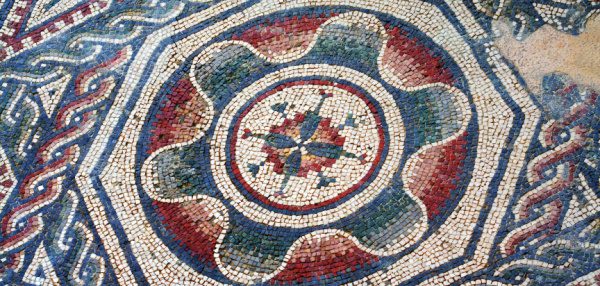
Located three miles Southwest of Piazza Armerina, the Villa Romana del Casale is an archeological wonder.
Constructed between the 2nd and 4th Centuries AD, the Villa Romana del Casale presents some of the finest examples of Roman mosaics. The polychrome mosaics cover 44165 square yards, averaging 3600 tesserae( individual mosaic pieces) per square foot.
It is not just the size but the quality of the work that astounds me. Archaeologists generally believe the quality to be a sign of the property belonging to a former Roman emperor. Possible owners include Diocletian or Maximian. A sign of its grandeur is it is oft compared to Hadrian’s Villa in Tivoli and Diocletian’s palace at Split.
Whoever it once belonged to is secondary to this site’s magnificence, making it a must-visit destination.
9. Get Fatter

I think what makes Sicilian cuisine the best in Italy is the successive episodes of occupation. Sicily has been occupied by the Greeks, The Carthaginians (modern-day Tunisia), the Romans, the Byzantines, the Muslim Caliphates, the French, and the Spanish, and I’m inevitably missing off a few here. Evidently, when it comes to food, variety is the spice of life.
Each of these successive invasions brought its own ingredients, its own styles, its own secrets. It’s no surprise that the world’s oldest surviving cookbook was written in the 4th Century BCE, entitled Hedypatheia or On Good Taste, by Archestratus of Gela, in Sicily.
Sicilians pride themselves on using only the very freshest ingredients. Therefore be prepared for seafood and lots of it.
You can learn more about the history of Sicilian cuisine by reading our article on The Best Food to try in Sicily.
Or check out our article on the Best Food to Try in Sicily
10. Bask in the Salty Tears of a Goddess
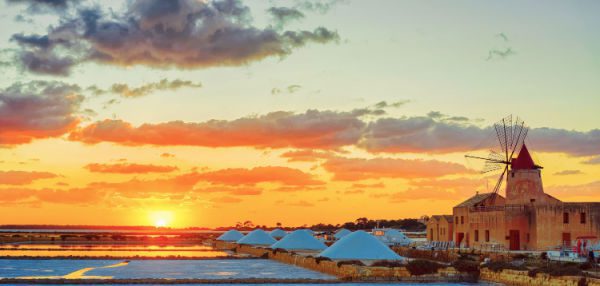
Often referred to as the Land of Persophone, Sicily and mythology go hand in hand. Daughter of Demeter (the goddess of the harvest), she was beloved by the gods of Olympus. So much so that Hades (god of the underworld) kidnapped her, snatching her from Sicily and dragging her to the underworld.
For six months, Demeter searched the world for her, forgetting her godly duties. Nothing grew, crops failed, and famine set in (Autumn and Winter). Eventually, Hades would release Persophone for six months of the year. Demeter’s joy is such that crops grow in those six months, flowers blossom, and food is abundant (Spring and Summer).
While she searched for her daughter, Demeter distractedly dropped her scythe into the sea. The result is the sweeping headland of Trapani. Her tears of distress created the salt pans south of the city that are still in use today.
It is still an active Salt producing region and a WWF-protected wildlife environment. Many of the original windmills still survive, and the evaporation method of salt production is still in use. As a result, mounds of salt protected by terracotta tiles are not an uncommon site. Nor are flocks of Flamingos and other protected species that flock to the area.
You’ll need to book a week in advance to tour the nature reserve. Alternatively, there are many salt pans along the coast or the salt museum in Trapani.
11. Go Medievel on at the Duomo di Cefalù
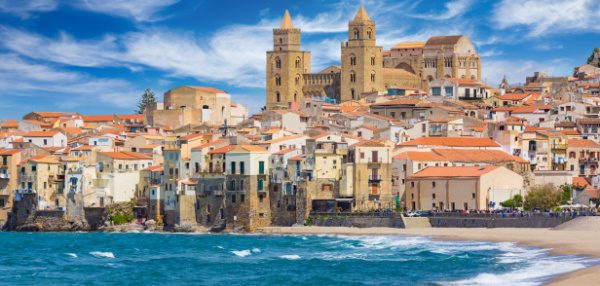
In a country of picturesque towns, Cefalù still holds a special place. Founded by the Greeks in the 5th Century, its name derives from the Greek Kephalos (Head), referring to the head-shaped rock that looms over it. While the town is beautiful, the beaches heavenly, and the food divine, no trip to Cefalù is complete without a trip to the Cathedral.
The Duomo de Cefalù was started in the 12th Century AD and not completed until the 13th. As with so much of Sicily, the art and architecture is a blending of different cultures. Norman, in its design, but with sixteen ancient Roman columns (probably taken from the temple of Diana), support the Arab-Norman arches. But the centerpiece are the stunning Byzantine mosaics in the central apse.
12. Get Back to Nature San Vito Lo Capo
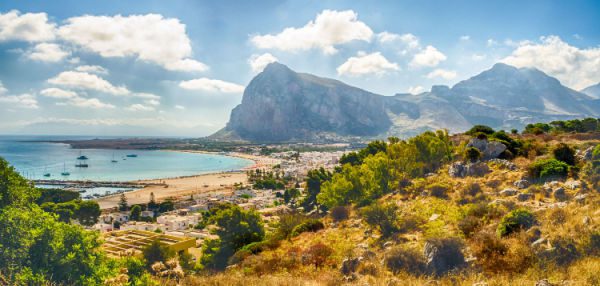
While legend says the tears of Demeter created the salt pans South of Trapani, to the North, we see signs of Demeter’s joy. San Vito Lo Capo is a stunning seaside resort on the Northern headland of Trapani.
Its fortress shows signs of the occupation of the land by the Byzantines, the Arab, the Normans, and the Spaniards. But as interesting as the history is, I come here for nature.
The beaches are pure, constituted of crystalline water and soft velvety sands. If that isn’t enough for you, head South, and you will find Sicily’s oldest nature reserve, the Zingaro Nature Reserve.
Five miles of unspoiled coastline, no vehicles are allowed inside the park. Even the park keepers carry out their work on mules. This park is an unspoiled paradise. There are numerous beaches where swimming is allowed.
For the nature lovers in a group, you’ll find Bonelli’s eagles, peregrine falcons, porcupines, foxes, and rabbits.
13. Unravel an Ancient Mystery at Segesta
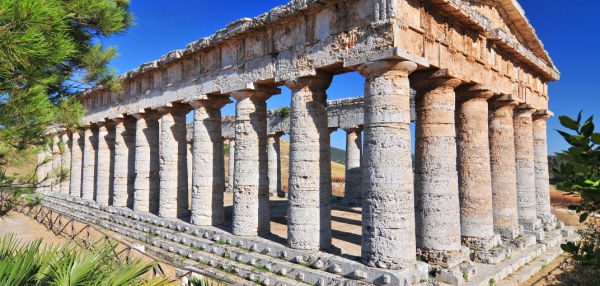
Despite being of the largest examples of a Doric temple anywhere in the world, the temple of Segesta was never actually completed. Built during the latter part of the 5th Century BC, for some reason or another, the temple was abandoned halfway through.
The columns, in type Greek style, bulge slightly in the center in order to create the illusion of straightness. But, for some reason, they were never fluted, a sign the temple was not completed. The biggest giveaway, though, is that the bosses are still visible.
A boss is a small protruding nub, often left on the stone to help them transport the already shaped stone to the site and then to help with grip while elevating the stones into position. Once the temple was complete, these bosses would have been chiseled down. The fact that they are still visible is a testament to the fact the temple was not completed but is vital to helping us understand how these fantastic monuments were constructed.
Day trips covering Segesta and the Zingaro National Park are often lumped together, so this is a great way to kill two birds with one stone if you have no transportation of your own.
Most Recent Blog Posts
Are Tours Worth It In Lisbon? 2026 Guide
This guide breaks down when tours in Lisbon are worth paying for and when your time (and money!) are better spent exploring on your own.
How to Plan a Trip to Paris – 2026 Video Guide
Stop stressing and watch this video guide to learn how to plan the perfect 2026 Paris trip.
Continue Reading How to Plan a Trip to Paris – 2026 Video Guide
Arezzo at Christmas: Inside Italy’s Biggest Christmas Market in Tuscany
Plan the perfect winter trip to Arezzo, Italy. Explore the Christmas market, historic sites, festive food, and easy travel tips from Florence or Rome.
Continue Reading Arezzo at Christmas: Inside Italy’s Biggest Christmas Market in Tuscany
The History of Christmas: From Ancient Rome to Santa Claus
Discover the real history of Christmas, from ancient Roman festivals to St. Nicholas, Sinterklaas, Santa Claus, and modern holiday traditions.
Continue Reading The History of Christmas: From Ancient Rome to Santa Claus
Europe Travel FAQs: Everything First-Time Travelers Need to Know Before Visiting
Planning your first trip to Europe? We’ve answered the most common questions about planning, transportation, tipping, scams, and more!
Continue Reading Europe Travel FAQs: Everything First-Time Travelers Need to Know Before Visiting
Spooky Sightseeing: Top Ghost Stories in History and Where to Find Them
Explore the spookiest and most fascinating ghost stories from history’s most notorious figures, from Marie Antoinette to Nero and beyond.
Continue Reading Spooky Sightseeing: Top Ghost Stories in History and Where to Find Them
